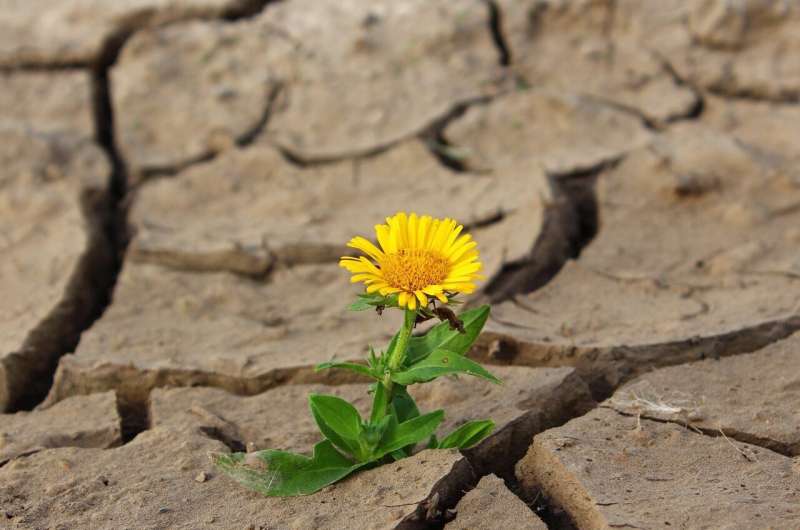This article has been reviewed according to Science X's editorial process and policies. Editors have highlighted the following attributes while ensuring the content's credibility:
fact-checked
trusted source
proofread
Drought conditions expose rivers to hotter water temperatures

As climate change warms the planet and droughts are anticipated to become more frequent and extreme, a new study reveals how reduced water flows and rising atmospheric temperatures are set to heat our rivers—creating major challenges for aquatic life, ecosystems, and society.
Water temperature is an important control for all the physical, chemical, and biological processes in rivers. It is particularly important for organisms that cannot regulate their own body temperature, such as fish. River temperature is important for human health and industrial, domestic, and recreational uses by people.
Scientists have identified three primary mechanisms that drive river water temperature increases during droughts: atmospheric energy inputs; physical habitat influences (shading and river channel shapes controlling flow); and the contributions of different water sources—groundwater tends to cool rivers in summer.
A review published in Hydrological Processes, led by University of Birmingham in collaboration with the University of Nottingham and the Scottish Government's Marine Directorate, highlights that intense shortwave radiation during hot and dry periods is likely to be the biggest factor of high river water temperatures.
This combined with declining water levels and volumes, and slower flow velocities during droughts will warm up waters more quickly. However, the authors emphasize that cooling effects from groundwater inputs, channel shading and evaporation can offset high temperatures in certain circumstances.
Co-author David Hannah, Professor of Hydrology and UNESCO Chair in Water Sciences at the University of Birmingham, commented, "Rising river water temperatures can have significant and often detrimental implications for aquatic life, impacting both individual species and entire ecosystems.
"Drought conditions often coincide with high atmospheric temperatures and such trends will become more intense and frequent with climate change—with major implications for river water temperatures due to the combination of intense solar radiation and lower (and slower) water flows.
"However, certain management interventions such as riverside planting, and river restoration initiatives—including recreating natural channel forms and reconnecting groundwaters—could help to offset high thermal extremes during droughts if interventions are well targeted."
The researchers note that more holistic, catchment-wide approaches to river restoration are required that consider how high river water temperature extremes can be offset while delivering other environmental and ecological benefits. The study authors call for new scientific approaches examining how the processes operating across the three mechanisms they have identified interact—helping to better inform models capable of estimating where and when high river thermal extremes are likely to occur during droughts.
Lead-author Dr. James White, from the University of Birmingham, commented, "Our work highlights critical future research questions that will help us to better model river water temperature dynamics during droughts—helping river managers to work out how thermal extremes could be better managed through mitigation and adaptation strategies."
More information: J. C. White et al, Drought impacts on river water temperature: A process‐based understanding from temperate climates, Hydrological Processes (2023). DOI: 10.1002/hyp.14958
Provided by University of Birmingham



















